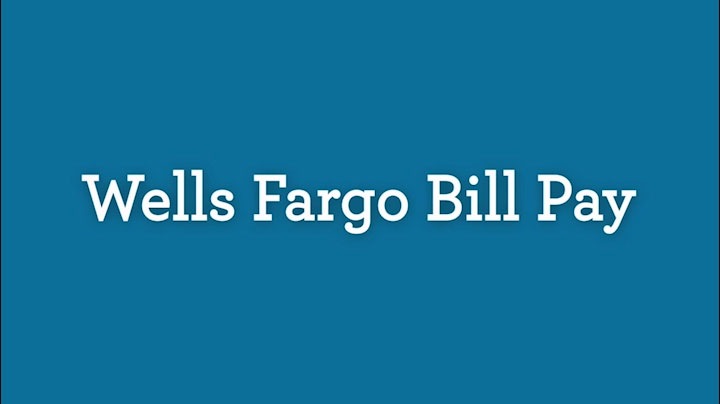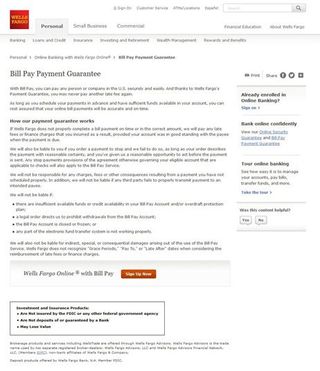
Using the check successfully also required careful planning by customers to time payments correctly. It could not cover debts owed to individuals. Customers could not add business names to the list. In addition to building a more advanced infrastructure to handle more checks, banks looked for ways to cut down on the number of checks written in the first place.ĭespite its instant popularity, the Supercheck and all check based bill pay tools had their limitations. Hundreds of workers programmed the computer, handled the magnetic tape rolls used to store records, and ensured checks were processed correctly. To adapt, banks built data processing centers with million dollar computers and sorting machines.

More checks meant potentially longer processing times and longer waits for customers to see money available in their accounts. By 1971, researchers estimated that Americans wrote 22 million checks annually. As more customers wrote checks, the amount of time and money spent processing the paper payments grew. The Supercheck offered a creative solution to a growing problem for banks. Businesses either had the money moved directly to their accounts if they were a customer of the bank, or they received one cashier’s check that totaled all payments from all bank customers that month. In addition to customers, businesses also loved the product as it reduced the number of checks they needed to process for deposit. The release of the new bill pay tool “exceeded all of our expectations” according to First National Bank of Arizona’s project manager Greg Zieman. Customers received customized forms for their areas. For example, customers in Yuma had a different water utility company listed than those customers in Phoenix. The list of participating businesses on the list included national names like American Express, Sears and Mobil Oil, but it also included utilities and businesses unique to the customer’s area. Each Supercheck cost $.50, but that was a fraction of the cost people were used to paying when they needed to buy their own stamps for a dozen or more payments.Īt the bank’s check processing department, employees used the Supercheck as guidance to make payments on the customer’s behalf. Bolton took 40 minutes to write 17 checks, a First National Bank of Arizona customer could complete their monthly bills in 15 minutes or less.
#WELLS FARGO ONLINE BILL PAY PLUS#
As the bank described in its ads, the new bill pay tool “eliminates stacks of checks and envelopes plus a lot of stamp licking.” The customer than mailed one “Supercheck” in a pre-paid envelope to the bank with the bill stubs. Next to each business or utility name, the customer could write the amount owed each institution. They created an oversized check with 48 separate businesses listed. On January 6, 1970, First National Bank of Arizona introduced a new solution for its customers.

Altogether, the act of sorting bills, writing checks, addressing, sealing, and stamping the envelopes took Mrs. One after another, she wrote out a total of 17 checks-phone, bill, department stores, utilities, drugstore, credit cards- and stamped the envelopes with 17 eight-cent stamps costing her $1.36 at current postal rates. James Bolton sat down to the frustrating monthly ritual of settling the family’s regular accounts. A Pittsburgh newspaper described the common experience of a local woman in 1972: The entire process was time consuming and expensive.

A payer would lick the envelope shut, affix a stamp, and mail it. To pay every bill, people wrote a separate check and enclosed it in an envelope with the bill stub (a small paper record issued by the biller to track payments). Once a month, people sat down with the pile of bills that had accumulated. Many businesses still did not accept credit cards for payments, so a timeless tradition continued of paying by checkbook. Computers housed customer accounts in sophisticated data processing centers, removing the need for ledgers and paper records from local branches.ĭespite the amazing automations of the times, the paper check remained the most common form of payment with 90% of all financial transactions made by check in 1972.

Credit cards represented the future of a “cashless” society where payments occurred with swipe. Americans in the 1970s experienced a time of great technological change.


 0 kommentar(er)
0 kommentar(er)
